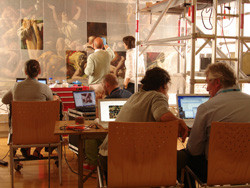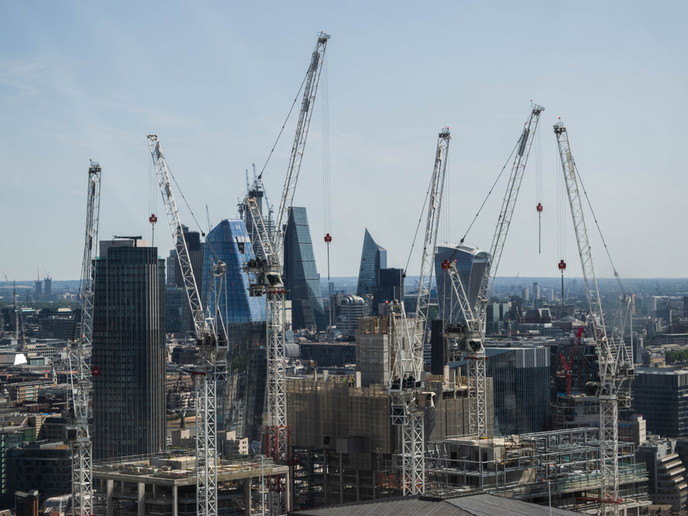Boosting capacity for cultural heritage research
Scientific research plays a key role in the conservation of paintings, sculptures and other works of art, exploiting novel technologies to study the different properties of artefacts. State-of-the-art tools enable conservators and restorers to identify the materials and methods used by original artists, as well as assess possible degradations, while advanced tests and monitoring ensure that any work of conservation/restoration respects the principle of compatibility and safety for the artwork. However, lack of access to this broad range of scientific techniques has been in the past a significant limiting factor to the development of the European research in the field. The EU-funded (CHARISMA) (Cultural heritage advanced research infrastructures: Synergy for a multidisciplinary approach to conservation/restoration) project aimed to close the gap between the cultural heritage community and the most advanced materials science research. To achieve this, it gathered 22 leading art conservation bodies, prestigious museums and research facilities from across Europe. CHARISMA published bi-annual calls addressed to researchers from Member States or Associated Countries to carry out research activities via transnational access to the most advanced European centres. Researchers used the latest laboratory techniques available at several facilities. They were given access to mobile equipment, which allowed them to perform various on-site non-invasive measurements without the risks and costs associated with transporting valuable art objects to laboratories. Access was given to medium and large scale facilities to carry out provenance studies or detailed assessment of products and mechanisms of material deteriorations. Researchers were also given access to the large amount of analytical and technical data, information and knowledge archives on historical collections such as those of paintings, sculptures, monuments, manuscripts and jewellery. To date, this vast data was only partially recorded in scientific scholarship. Joint research helped to establish a portal to further exploit cultural heritage knowledge and develop innovative instruments and methodologies tailored to the needs of users. All work was supported by networking activities. A series of events led to European common standards in conservation. Workshops, training sessions and expert meetings disseminated advanced knowledge via the scientific community. Dissemination and communication efforts focused on fostering a culture of cooperation between the consortium and the cultural heritage scientific community. By introducing a multidisciplinary approach to heritage conservation and restoration activities in Europe, CHARISMA has laid a foundation for finding common ground in research, based on effective encounters of science and art.







